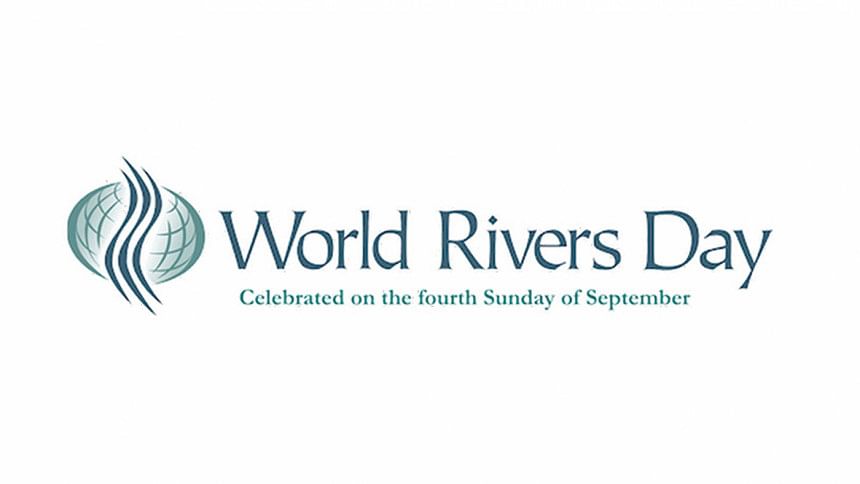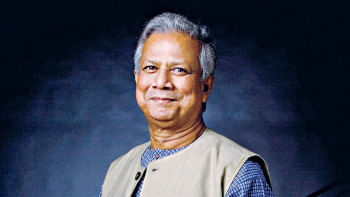Rivers around Dhaka stay heavily polluted

Rivers around Dhaka city remain seriously polluted despite some measures that have been taken over the years to curb water pollution, according to a recent study.
Solid wastes from polluting industries, municipal sewage and medical waste are polluting the rivers that surround major cities and other urban growth centres, according to the report titled 'The Surface and Groundwater Quality Report 2022'.
Rivers around greater Dhaka are highly polluted, especially in the first five months of 2022, according to the report prepared by the Department of Environment.
The DoE tested water samples from 103 points of 26 rivers for the report. In 2021, they covered 29 rivers, but the DoE did not mention exactly how many of those 29 rivers were polluted.
Generally, the DoE mentions testing results of the water sample of a certain river so that people can compare it with the standard parameters, said Syeda Masuma Khanam, one of the editors of the study.
In the latest report, the DoE has covered water sampling of the Buriganga, Shitalakhya, Turag, Balu, Dhaleshwari, Brahmaputra, Kaliganga, Jamuna, Meghna, Padma, Korotoa, Teesta, Karnaphuli, Halda, Moyuri, Bhairab, Gorai, Rupsa, Pashur, Khakshiali, Ganges, Kirtankhola, Tatulia, Sugandha, Surma and Kushiara.
The monitoring involved field measurements and collecting water samples for laboratory analyses to a total of 12 parameters including pH, dissolved oxygen (DO), biochemical oxygen demand (BOD), chemical oxygen demand (COD), suspended solids (SS), total dissolved solids (TDS), electrical conductivity (EC), chloride, turbidity, total alkalinity and salinity.
During dry seasons, water quality in rivers around Dhaka was more degraded than it was in the wet season.
The quality improved greatly during the wet seasons indicating a clear relationship between increased flow of river and river water quality.
The level of DO of the Buriganga river went as low as 0.1 mg/l at Bosila point in April 2022 while it went up to 6.26 mg/l in the monsoon in July at the Bangladesh China Friendship Bridge.
In 2019, the DO range varied from 0.2 mg/l to 5.00 mg/l.
DO levels below 5.0 mg/L cause stress to aquatic life. Lower concentrations cause greater stress. Oxygen levels that go below 1-2 mg/L for a few hours may result in large fish kills.
Other rivers in and around Dhaka city and its suburban areas like the Turag, Balu, Shitalakhya and Dhaleshwari show a similar kind of testing result.
Apart from those rivers from the central part of the country, the other rivers from Chattogram and Khulna city like the Karnaphuli and Moyuri are also severely polluted as per the parameter of the report.
"Generally, those rivers around the city centres and industrial belts are considered polluted. We cannot say if the rivers where there are no industries are fully polluted," said Masud Iqbal Shamim, director of DoE.
The water of the Jamuna (Brahmaputra), Ganges (Padma) and Teesta are still in good shape as there are no pollutant industries on the banks of these rivers.
"But the government needs to be careful and act about the Meghna river as it is one of the main sources of drinking water and some private economic zone has been built on the bank of the Meghna," Shamim said.
Because of severe pollution earlier in 2009, the government declared five rivers -- Buriganga, Shitalakhya, Turag, Balu and Jaflong Dawki -- as ecologically critical areas (ECA) to protect from further pollution.
In 2011, the government took up a project to bring in fresh water from the Jamuna to the Buriganga. The government spent over Tk 100 crore for the project but no progress was visible.
In 2016, the government shifted the tannery industries from Hazaribagh to the Savar tannery estate and made a central effluent treatment plant (ETP) for them.
But none of the initiatives helped much to curb the pollution.
Currently, there are around 2,500 industries with ETP, which is around 86 percent of the total industries in Dhaka and in suburban areas that require ETP.
But in most cases, those industries do not use ETP to maximise their profits.
The DoE also does not have sufficient manpower to conduct drives in every pollutant industries.
Currently, the DoE has only 67 inspectors against the posts of 157 posts.
Asked about controlling the pollution of rivers, Syeda Rizwana Hasan, adviser to the ministry of water resources and environment, forest and climate change, said that they are preparing an action plan and also preparing actions for cleaning up the rivers.
"There are some measures we can take immediately like controlling pollution from municipal waste dumping and regularly monitoring polluting industries and factories," she said.
But for the rivers to get back to life, a solution to sewage discharge is needed.
"That will be a costly thing to do and is time-consuming. But at least we should commit to get it done at least in phases without delay."
The DoE also tested the water of three lakes in Gulshan, Dhanmondi and Hatir Jheel at 13 points and 73 groundwater stations of 3 districts in Bangladesh under the same programme.

 For all latest news, follow The Daily Star's Google News channel.
For all latest news, follow The Daily Star's Google News channel. 



Comments